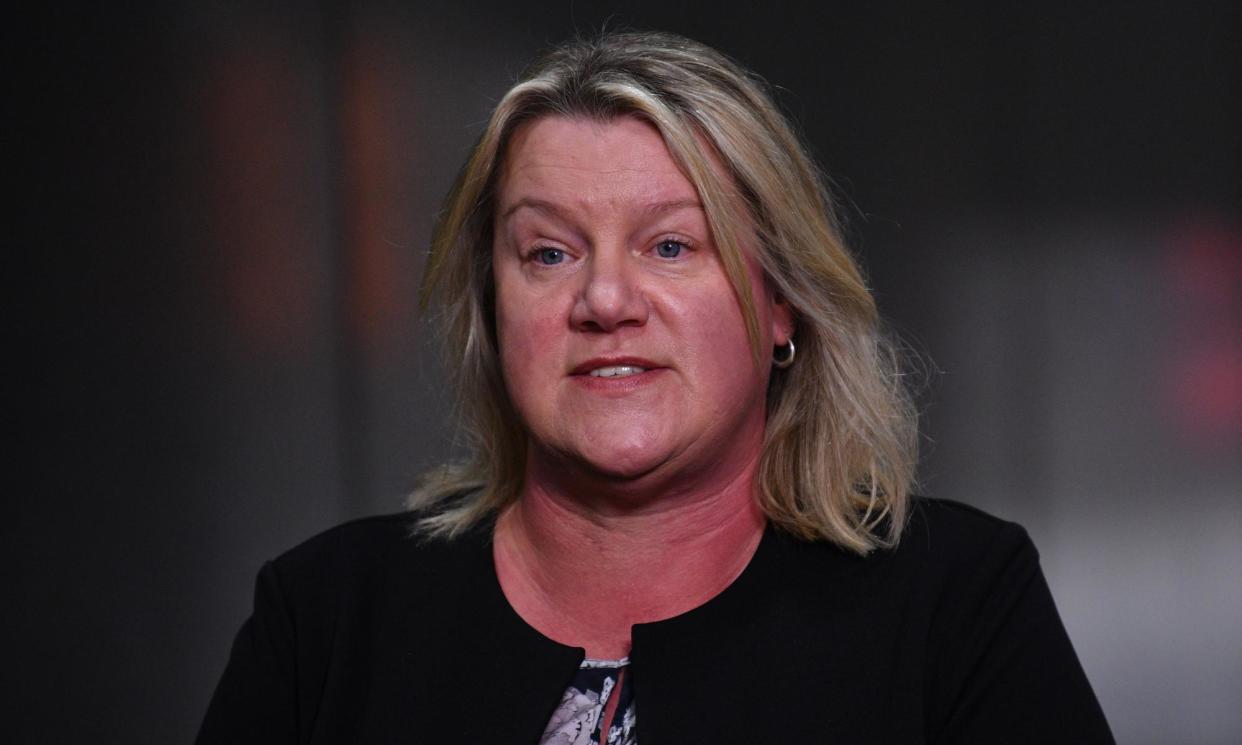Record number of flesh-eating Buruli ulcer cases prompts warning in Victoria

Victorian health authorities tracked a record number of flesh-eating ulcers cases last year, prompting a warning to cover up in warmer months.
In 2023, 363 Buruli ulcer cases were diagnosed in Victorians but most were not severe. The ulcers, caused by bacteria, can create significant skin damage including painful lumps, limb swelling and occasionally severe pain.
The Victorian Department of Health said most cases of the mosquito-linked condition could be treated with oral antibiotics but early diagnosis was vital because the ulcers grow over time.
Related: Flesh-eating ulcer’s spread to new part of Australia worries infectious disease experts
The state’s acting health minister, Ingrid Stitt, on Thursday said anyone living or visiting coastal areas should take precautions against being bitten.
“Warmer weather provides mosquitoes with an ideal breeding environment,” she said. “Victorians should use an insect repellent with Deet, cover up when outdoors and practice good hygiene by washing new scratches and cuts.”
The health department also advises people to mosquito-proof their home using insect screens and avoid mosquito-prone areas and biting times like dusk and dawn to reduce the risk of infection.
The first sign of infection is usually a painless lump on the skin often dismissed as an insect bite. The slow-moving infection then burrows into a layer of fat located between the skin and the lining that covers muscles where it begins to spread through the body before erupting through the skin in the form of an ulcer.
The ulcer was once rare in Australia but it is now known to occur in several jurisdictions, including north Queensland, the Northern Territory and Victoria.
Over the past decade, cases have emerged outside its usual catchment area, a trend that has concerned infectious disease experts.
Victoria’s most high-risk areas include Rye, Sorrento, Blairgowrie and Tootgarook on the Mornington Peninsula.
Frankston and Seaford and towns on the Bellarine Peninsula including Ocean Grove, Point Lonsdale and Queenscliff are considered medium risk.
But the disease has spread in recent years and is no longer restricted to coastal areas. Since 2019, cases have been reported in suburbs of Geelong and inner Melbourne areas including Essendon, Moonee Ponds and Brunswick West.
Prof Tim Stinear, the scientific director of the Doherty Applied Microbial Genomics Centre, said there was growing evidence that mosquitoes and possums play a role in transmitting the infection in Victoria.
“Possums seem to be susceptible to getting this infection but they also shed the bacteria in faecal material and in quite high numbers. So that bacteria can be present in possum droppings, and this fits into the mosquito-breeding sites,” he said.
“It’s been introduced to the possum population and has spread through possums around Melbourne and Geelong and along the Mornington Peninsula and the Bellarine Peninsula.”
Stinear said a simple PCR test was used to diagnose the infection.
“You need the right combination of antibiotics. So get the right diagnosis and get on the right treatment,” he said.
He said the long incubation period for the infection, about four to five months, means it can be difficult for someone to know where they were exposed and for a doctor to diagnose it when it presents in the colder months.
The number of cases in Victoria varies widely from year to year, but numbers have been increasing to between 200 to 340 cases per year since 2017, according to the health department.

 Yahoo News
Yahoo News 
